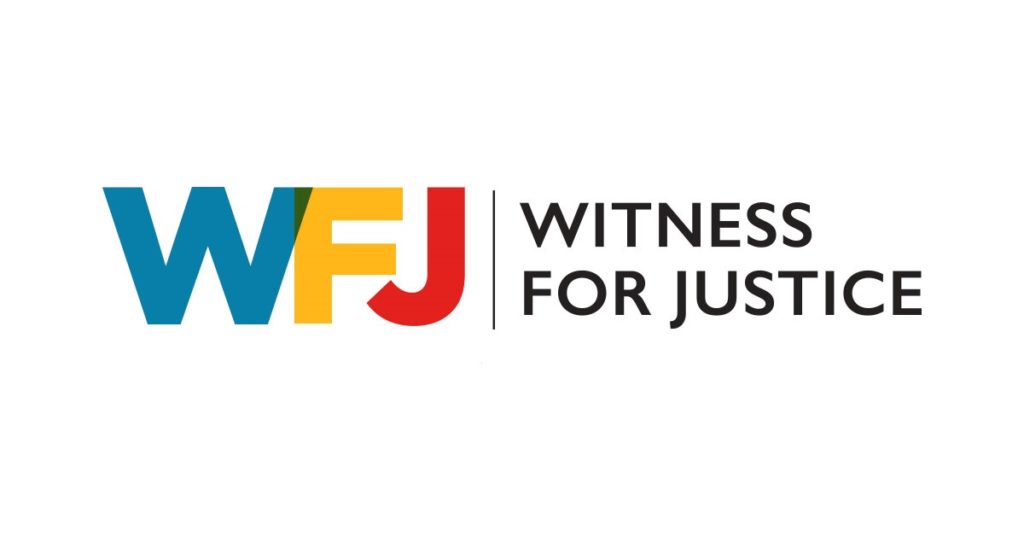A Dispatch from DC
Director, DC Office
Last week I made my first trip to the UCC’s Washington, D.C., office since the Inauguration and the implementation of strict security measures that prevented access to the office. The UCC DC office is housed in the United Methodist Building, directly across from the U.S. Capitol Building. We share that space with other faith-based advocacy organizations and nonprofits. While staff are largely working from home during the pandemic, I do find it helpful periodically to be in the office.
The Methodist Building falls within the perimeter of the Capitol complex, which extends much further than the Capitol Building and grounds itself. As I found last week, the entire Capitol complex, which includes all House and Senate office Buildings and the Library of Congress, is surrounded by seven-foot “unscalable” fencing topped with razor wire, with members of the U.S. Capitol Police and National Guard monitoring and patrolling the line of fencing. After an hour of walking around the perimeter, through trial and error, I at last found an entry point for designated staff. It was a sobering sight and a sad reflection of the state of democracy in the United States.
I was near the office on January 6 during the attempted violent insurrection at the Capitol. I watched the events unfold before my eyes, and later through video footage. I certainly understand the unprecedented, heightened security measures around the Capitol complex. Sadly, these security measures are likely to remain in place through March, completely changing the landscape of the city impacting the lives of Washington, D.C., residents.
I have been reflecting on what safety and security really look like moving forward. What really keeps us safe? And who is included? I was struck by a recent article in The Washington Post Metro section describing the impact of heightened security on residents of the neighborhoods surrounding the Capitol. The article referenced the fact that not far from the thousands of troops keeping watch over the Capitol, a 15-year-old middle school student was shot and killed in Southeast Washington. As Ward Six Mutual Aid executive director Maurice Cook observed, “Who are they keeping safe? Because it’s not people like me.”
Our safety and security will not ultimately be ensured by fencing and razor wire and jersey barriers. Our safety and security are inextricably connected to the state of the common good. And the common good is in grave peril as we face the multiple pandemics of Covid-19, systemic racism, and a rapidly growing economic divide, to name but a few.
Amid such formidable challenges, we must navigate a treacherous political and social terrain, as some political leaders continue to sow division and lies, and the lure of partisanship and crass political gain disrupt the hard, slogging work of governance. But our silos and bubbles and internet echo chambers will not protect us either. Far more powerful than razor wire and fencing is an engaged electorate willing to call our elected leaders accountable to the common good—time and time again. Our safety and security rest in our willingness to engage this tumultuous, divided climate in whatever ways we can. We keep us safe through our unflagging advocacy for a common good that includes all people, for governance over politicking, for truth-telling no matter how hard it is to hear. We keep us safe by not letting despair have the last word.
Sandy Sorensen is the Director of the DC Office for the United Church of Christ.
View this and other columns on the UCC’s Witness for Justice page.
Donate to support Witness for Justice.
Click here to download the bulletin insert.
Related News
Demystifying the Stigma of Mental Illness
Like many others, I come from a family system that placed taboos on speaking publicly about...
Read MoreStaying Grounded in Tumultuous Times
For years I have referred to myself as a peace-loving hippie-type pacifist who believes that...
Read MoreVision and Reality
In 1215, at Runnymede in England, King John signed the Magna Carta. The mythos surrounding...
Read More
